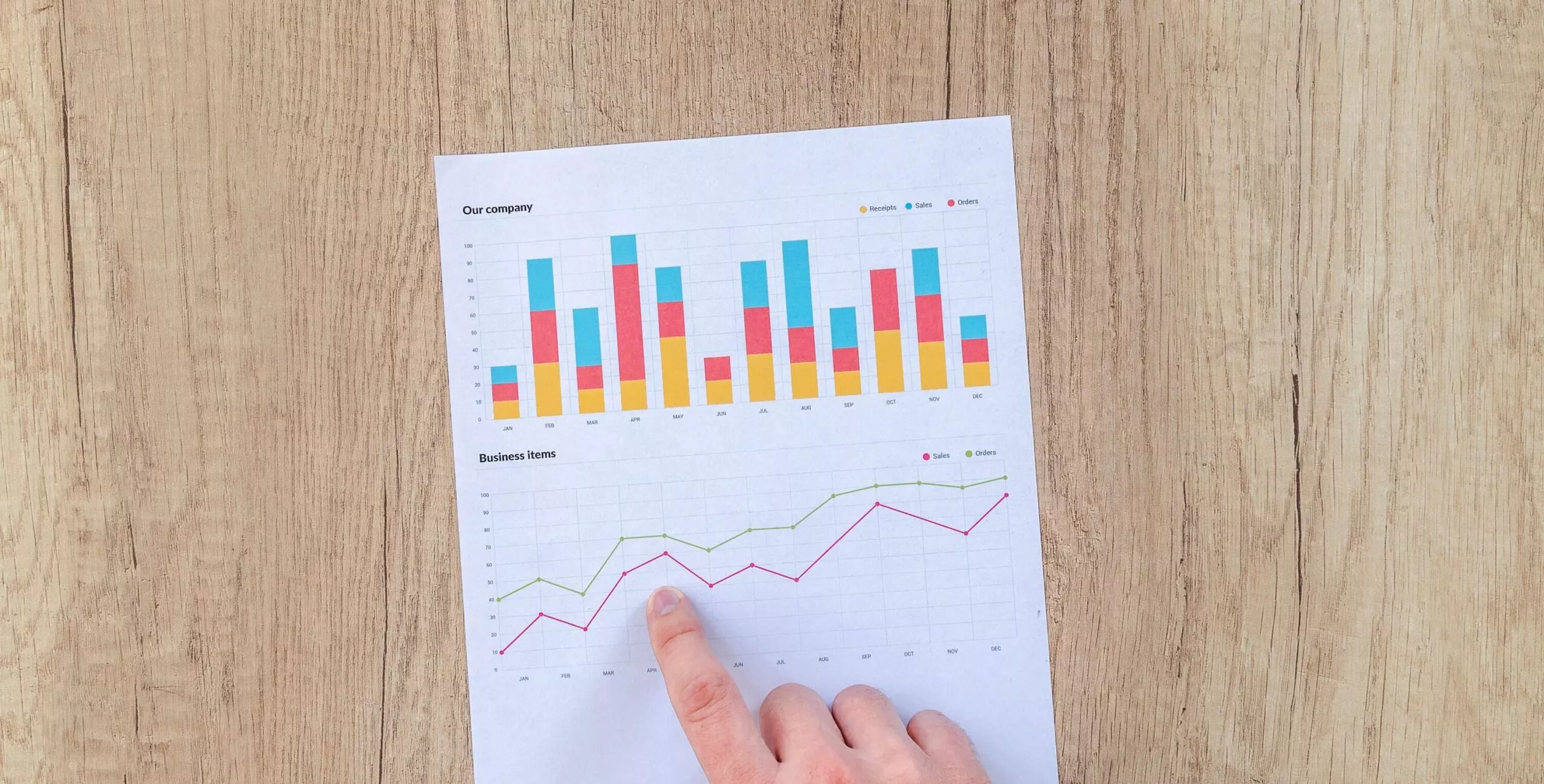Perhaps it’s time for an IT asset management checklist, or perhaps you are eager to take better control of your IT asset management with software designed for that purpose. No matter why you are planning a close inspection of your IT assets, you can use a bit of guidance and help.
We have created this asset management checklist to help you better understand IT asset management best practices that will help you make the best use of your assets. Remember that the best IT asset management software is only as good as the data you give it. So it’s important to get this audit right.
What Does IT Asset Management Mean?
IT Asset Management, or ITAM, is about keeping track of all the technology an organization owns. This includes computers, software, networks, and other IT resources. It covers everything from buying and setting up these assets to maintaining them, using them wisely, and eventually replacing or disposing of them when they are no longer needed.
The purpose of ITAM is to make sure technology is used in the best way possible. It helps businesses avoid unnecessary expenses, follow licensing rules, and stay compliant with regulations. A well-managed IT inventory allows organizations to see what they have, how well it is working, and whether any updates or replacements are needed. This makes it easier to plan ahead, reduce risks, and ensure IT systems support overall business goals.
Key aspects of IT Asset Management:
- Inventory Management: Keeping a detailed record of all IT assets.
- Lifecycle Management: Overseeing assets from acquisition to disposal.
- Compliance: Ensuring all software licenses and regulations are adhered to.
- Cost Control: Reducing costs through efficient asset utilization and avoiding unnecessary purchases.
- Risk Management: Identifying and mitigating risks related to IT assets.
- Strategic Planning: Aligning IT asset management with business goals and strategy.
Overview of the IT Asset Management Process
Managing IT assets is not something that happens once and is done. It is an ongoing process that changes as new assets are added, old ones are removed, and business needs evolve. Keeping track of IT assets helps teams make informed decisions, avoid unnecessary costs, and ensure that everything runs smoothly.
-
Listing All IT Assets
The first step is creating a complete inventory of all IT assets. This means listing everything, including hardware, software, and digital tools. It is important to note where each asset is located, when it was purchased, and how much it cost. Keeping a clear record helps in managing resources better and avoiding unnecessary expenses.
-
Calculating Costs Over Time
Once the inventory is ready, the next step is calculating the total cost of owning each asset over its entire life. IT assets come with added expenses beyond the purchase price, such as maintenance, upgrades, and disposal costs. Understanding these costs helps in making better financial decisions and planning for future investments.
-
Keeping Track of Assets
After that, tracking the assets becomes important. This involves using an asset management tool to monitor IT resources throughout their life cycle. Keeping an eye on things like contract dates, software licenses, and warranty expiration prevents unexpected issues. Tracking also makes it easier to plan for maintenance before problems arise.
-
Maintaining and Upgrading Assets
IT assets need regular maintenance to function properly. Repairs, upgrades, and replacements should be logged so teams can review past issues and assess how well an asset is performing. Tracking maintenance history also helps in deciding whether to continue using an asset or replace it with a better option.
-
Planning for Future Expenses
The final step is financial planning. A clear picture of IT assets, their current condition, and their costs makes it easier to budget for future needs. Some assets require ongoing support, like a dedicated team or service desk, to keep them running at a high standard. Others may need upgrades or better maintenance, which means adjusting the budget accordingly. Proper financial planning helps avoid unnecessary spending while ensuring IT systems continue to support business operations without interruptions.
Benefits of IT Asset Management
-
All Assets in One Place
When assets are tracked in different locations, things can get messy. Mistakes happen, and it becomes harder to know what needs to be upgraded, replaced, or optimized. Having all asset information in one centralized system makes tracking easier. Businesses can quickly see which resources are being used well and which ones are no longer needed.
-
Better Use of Resources and Fewer Risks
When asset information is always up to date, businesses can make better use of what they have instead of letting resources go to waste. A structured approach also ensures compliance with security policies and legal requirements, reducing the risk of penalties or security issues.
-
Boosting Productivity Without Compromising Stability
With businesses relying more on digital tools and cloud services, IT asset management helps teams keep up with growing demands. As companies adopt new technologies, having a system in place ensures that resources are being used efficiently while keeping systems reliable. This allows teams to focus on their work without worrying about infrastructure issues.
-
Cutting Costs Through Regular Reviews
Sometimes businesses pay for multiple licenses or resources that are either overused or sitting idle. Regularly reviewing assets helps identify areas where money is being wasted. By consolidating and managing resources properly, companies can reduce costs and make sure they are only paying for what they truly need.
-
Smarter Decisions Based on Real Data
Having clear insights into past purchases, upgrades, and overall asset performance helps businesses plan for the future. IT asset management provides accurate data, allowing organizations to make informed choices about buying new technology, replacing old systems, and improving overall efficiency.
Optimize Maintenance with NEXGEN CMMS
Ensure assets work better and last longer while also reducing any downtime.
How to Get Started with ITAM?
Starting with IT asset management can feel overwhelming, but it helps to begin with what you already have. Instead of changing everything at once, take a step back and look at your current processes. See what is working, what is not, and where improvements can be made. Making gradual adjustments is often more manageable than trying to rebuild the entire system from scratch. Focus on the most important areas first. Fixing the biggest challenges early on will make a noticeable difference and set the foundation for better management in the long run.
Choosing the right software is just as important as the approach you take. Look for a system that fits your current needs but can also adjust as your business grows. IT requirements keep changing, so a flexible solution will save time and effort in the future.
Good asset management is not just about tracking hardware and software. It also requires clear communication and teamwork. People need access to the right information when they need it. A well-organized system makes it easier for teams to work together, solve issues faster, and keep everything running smoothly.
IT Asset Management Checklist
Before your audit
IT asset management is all about planning. This goes for before your IT asset audit as well. Before you begin, you will want to address the following:
Set goals for the audit
Decide what you want your audit to accomplish. Even if the process of auditing IT assets is fairly standard, the outcome may miss something vital without a clear end objective. Are you poised for growth and trying to determine what new equipment you will need? Are your assets nearing the end of their lifecycle and you are preparing a budget and strategy for replacement?
Let these goals guide your IT asset management audit checklist from this point forward.
Understand what assets will be inventoried
Depending on the goals you established, you may focus on a small subset of assets (laptops, for example), or a full systematic audit. Your plan might include inventorying:
- Computers (desktops, laptops, tablets)
- Peripheral devices (keyboards, mice, projectors)
- Servers
- Network devices (routers, switches)
- Printers
- Storage devices
- Security devices
- Cameras
- Software (including subscriptions and licenses)
Then, determine which information will be gathered for each set of assets. You might collect data on:
- Price
- Purchase date
- Condition
- Location
- Expected asset life cycle
- Remaining lifespan
- Replacement cost
- Salvage value
It is generally a good idea to gather the same data set for each asset.
Determine who is responsible for each task
Next, determine who will be responsible for each task.
Individual departments or users are expected to assess and report on the assets in their possession.
- Do IT team be making visits to each area and managing the audit themselves?
- Have you involved an outside consultant?
- Be specific and strategic.
During your audit
The next step in the IT asset management (ITAM) process is the physical inventory itself. And this is a good time for IT asset management platforms to get involved. You want somewhere to put, store, and manage the data you are collecting as you go. Select the best IT asset management software for your needs.
Scan the network
Your asset management system may have the capability to scan your network devices and import data. This can make part of your process easier, but don’t forget about devices that are not connected to the network. As CIO Magazine explains, ITAM best practices suggest that
Each individual IT asset must be identified located, and placed in an asset management system that makes it easy to quickly find any IT assets so they can be called up as needed.
It is often a good idea for some members of your audit team to get their eyes on each asset in person if possible.
Physical inventory
The physical inventory should plan to locate and assess assets that are not on the network. This will help with asset tracking and with license management as well as providing for peripherals and other devices and assets.
Asset Tracking
During this process, evaluate your asset tracking protocols. Are you using QR codes to scan assets as you procure and deploy them? Is that practice universal? Use your ITAM tools to help assess your current practices, and your inventory process to correct oversites.
After the Audit
The last stage in the IT asset management checklist is the processing and analysis of the data you have collected. And this is where a strong Enterprise Asset Management tool can pay off. The best IT asset management software can visualize the data you’ve input and guide investment decisions with actionable intelligence.
IT Asset Management Best Practices
- Get support from executives so there is clear backing for the project.
- Form a small team to test the process before rolling it out fully.
- Figure out which assets are most important and need close monitoring.
- Identify all cloud resources to get a full picture of the IT environment.
- Choose reliable ways to find and organize asset data in one place.
- Manage assets based on their entire lifecycle, from acquisition to retirement.
- Keep track of assets regularly to prevent overuse or unnecessary purchases.
- Decide if a Configuration Management Database (CMDB) is the right fit.
- Automate tasks wherever possible to save time and reduce errors.
- Make asset data accessible to the entire IT team for better coordination.
- Stay on top of software licenses to avoid compliance issues.
- Collect feedback to improve processes and address any gaps.
- Involve other teams in discussions to get different perspectives and insights.
Optimize Maintenance with NEXGEN CMMS
Ensure assets work better and last longer while also reducing any downtime.
Frequently Asked Questions
-
What should be included in IT Asset Management?
In IT Asset Management, your checklist should encompass:
- Strategic Planning: Crafting a robust strategy to align with organizational goals.
- Tool Implementation: Deploying the right tools for effective asset tracking and management.
- Audit Preparation: Ensuring regular audits to maintain accuracy and compliance.
- Continuous Improvement: Ongoing refinement of processes for enhanced efficiency and effectiveness.
-
What are the processes involved in IT Asset Management?
IT Asset Management involves various processes, including:
- Hardware Asset Management: Managing the lifecycle of physical hardware.
- Software Asset Management: Overseeing software licenses and compliance.
- Fixed Asset Management: Tracking and managing long-term physical assets.
- Risk Asset Management: Identifying and mitigating risks related to IT assets.
- Work Order Management: Handling maintenance and service requests efficiently.
- Maintenance Management: Ensuring assets are maintained for optimal performance.
- Utility Asset Management: Managing utilities and infrastructure assets.
-
What are the 3 main deliverables of ITAM?
The 3 core deliverables of IT Asset Management are:
- Management: Ensuring that all IT assets are effectively managed throughout their lifecycle.
- Control: Maintaining control over asset usage, deployment, and compliance.
- Protection: Safeguarding IT assets from risks and ensuring their security.
-
What are the 4 general phases of Asset Management?
The 4 essential phases of Asset Management include:
- Planning: Strategizing the acquisition and management of assets.
- Acquisition: Procuring assets based on identified needs.
- Operation: Effectively utilizing and maintaining assets.
- Disposal: Properly retiring assets at the end of their lifecycle.





